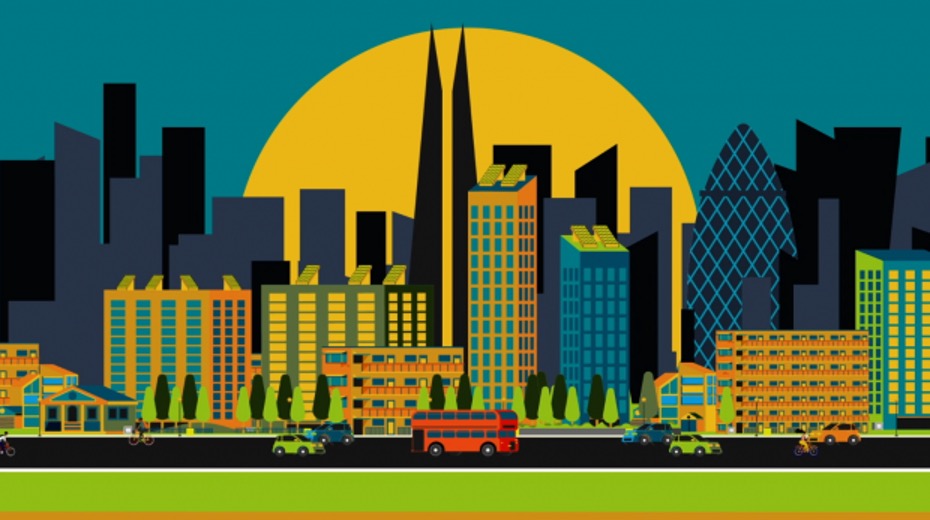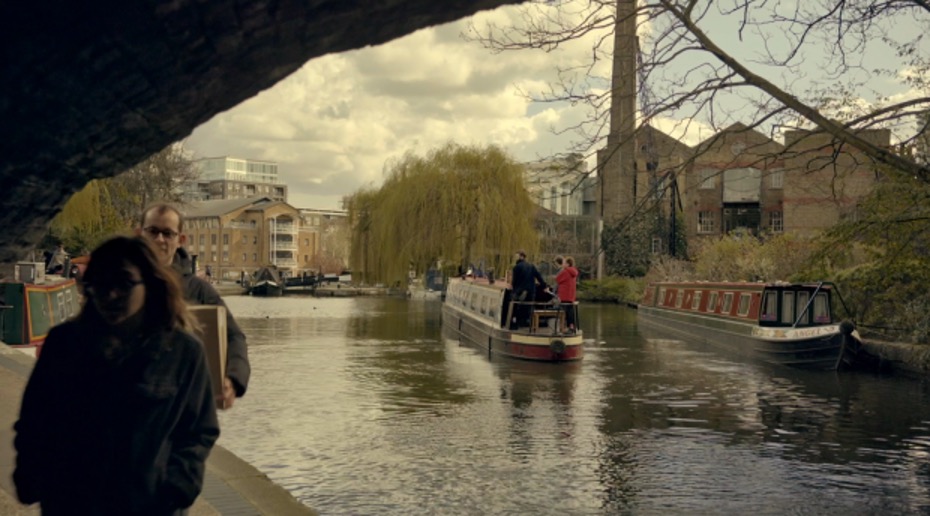
GreenSCIES – a road map for UK towns to reach net zero
Moving us one step closer to net zero emissions by 2050Boris Johnson has vowed to make Britain a world leader in low-cost clean energy with the launch of the Government’s 10-point climate action plan for a green industrial revolution this week, taking us a step closer to achieving net zero emissions by 2050. In his announcement the PM promised to produce enough offshore wind energy to power every UK home and has brought forward to 2030 a ban on petrol and diesel cars, further accelerating the transition to electric vehicles. The Government has extended investment in the domestic and public building sector through the Green Homes Grant voucher scheme. A £1Billion energy investment fund will drive research into the latest technologies needed to reach new energy targets.
This is fantastic news, but it would have been great to have seen more detail on the decarbonisation of heat. It’s true that the ban on gas boilers for new homes has been brought forward to 2023 and there is now a new target to install 600,000 heat pumps every year by 2028. However, with an existing housing stock of over 20 million homes, as well as the need to meet the heating and cooling requirements of commercial and industrial buildings – the plan for decarbonisation of heat needs to start now if we are going to fully decarbonise by 2050.
Market ready heat decarbonisation solutions
As Director of GreenSCIES – a market ready project that uses a fifth-generation energy network to deliver ultra-low carbon heat, power and transport, my view is that there is an opportunity to decarbonize much earlier in urban areas. These ultra-efficient local energy systems decarbonize the heat system through “sharing” of energy between buildings applications. They also connect to electric vehicles and provide power for our homes and offices, helping to reduce energy bills while keeping our air clean. What’s more, they have potential to be replicated in every town and city in Britain.

Image of city scene courtesy of GreenSCIES.
GreenSCIES – a fifth generation network
At the heart of GreenSCIES is a fifth-generation network - a water loop at ambient temperature which enables the system to actively share heat and cooling. For instance, a data centre requires cooling all year round. This waste heat can be harnessed by the fifth-generation heat network and upgraded using heat pumps to provide heating and hot water to local residents.
The uptake of renewable power, opens up the use of electrically driven heat pumps to deliver low carbon heating. Sharing heat in this way means that it’s possible to deliver heating and cooling at the same time with one system, and with it, considerable energy savings.
Fifth-generation networks are also able to operate flexibly in response to the supply of renewable energy from the electricity grid. There is often an abundance of renewable energy available and sometimes much more than we need. To accommodate this excess energy, GreenSCIES uses technologies that operate flexibly like heat pumps in response to electricity prices.
When there is excess electricity available at low prices we can run the heat pumps and store this excess energy in thermal stores. Conversely, at peak demand when electricity prices are high, we can turn down our heat pumps for a short period without anyone noticing. We can also access battery storage via electric vehicles through vehicle to grid technology.
Community led to change behaviours
GreenSCIES includes advanced technology, but the cleverest bit of the project is that it enables the use of energy in a more efficient, equitable and fair way. It achieves this partly through technology but the key innovation is that it drives the human behaviour of sharing. This trait is central to the project’s success in achieving its objective of cost effective and clean mobility, power and heat through a system developed in partnership with the community. As such, GreenSCIES has the potential to change attitudes, behaviours and expectations around how our energy is produced and consumed.
In 2020, we reached a new phase of the project. We started consulting with Islington residents last July about their energy needs to find out what GreenSCIES could provide for them. A second workshop took place in September and on 11 December, we are running a third. This is exciting, because it allows local residents to have a say in how GreenSCIES will help meet their energy needs and how it will be developed, linking to local businesses and transport networks.
Contributing to Islington Council’s vision
GreenSCIES will contribute to Islington Council’s Vision 2030 net zero carbon strategy, by responding directly to local residents’ calls for better air quality, affordable heat and power and local, clean energy solutions. It doesn’t stop there…. GreenSCIES systems are also being explored for the West Midlands and Sheffield.
The aim is that the GreenSCIES model will be replicable and become a central part of delivering the UK’s net zero carbon strategy. The plan is to roll out this scheme across the UK and globally.
Being local, smart and flexible has been the key
Operating smartly and flexibly, the sharing of energy delivers both carbon emission reductions and significant benefits to the consumer – from clean, cost effective, affordable energy to reduced pollution and associated air quality improvements.
The UK has made good progress in reducing emissions on the path towards net zero, but there is still a long way to go. It is right to focus on the energy source and the buildings that use the energy, but it is critical that the system that connects the buildings and the energy source receives attention.
I hope that local energy systems like GreenSCIES receive encouragement, investment and support. With this we believe GreenSCIES provides a path and roadmap to help UK towns and cities achieve net zero on time.

Image of Islington canal courtesy of GreenSCIES.
Watch the GreenSCIES community video.
Graeme Maidment is Professor of Heating and Cooling in LSBU's School of Engineering and Director of the GreenSCIES project. GreenSCIES is supported through funding from InnovateUK through the Industrial Strategy Challenge Fund.